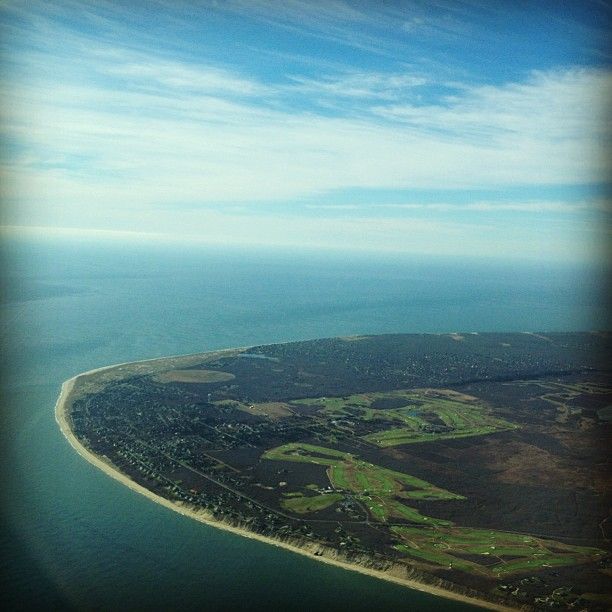Over Thanksgiving week, I enjoyed a couple rounds at Sankaty Head Golf Club (
http://www.sankatyheadgc.com/), which is located on the eastern end of Nantucket Island in Siasconset. The course was designed in 1921 by Emerson Armstrong, and may be his only design, which is a topic previously addressed on the board but not resolved (
http://www.golfclubatlas.com/forum/index.php?PHPSESSID=3a3b51a5ca4c90525d07f9d43b496de1&topic=37048.0). The course is currently ranked #87 on Golfweek’s list of Classic Courses.
The private club has a membership of 550 and a healthy waiting list. As background, it’s one of four courses on the island, which measures 13 miles across and 4 miles wide. The others are the nine hole Old Siasconset Golf Course aka “Skinners” named after a one-time co-owner (1894), Miacomet Golf Club (1963, Ralph Marbel; 2nd 9: 2003, Howard Maurer), and Nantucket Golf Club (1998, Rees Jones). The Nantucket Historical Association wrote a very good article on the history of the island’s golf courses:
http://www.nha.org/history/hn/HN-v47n4-gamble-golf.htm It’s somewhat difficult for non-members to get onto Sankaty Head during the busy summer months, but thankfully it’s open for public play during its off-season – from October to May – for $100/round. The course tips out at 6,711 yards (
http://www.sankatyheadgc.com/course.html) but with a very strong prevailing SW wind, many holes play significantly longer than the number on the card. For example, the short #9 par 4 of 289 yards that plays straight into the SW wind required an extra two clubs.
Additionally, the club is well known for having
one of the last remaining caddie camps in the U.S. (
http://www.nytimes.com/2009/07/23/sports/golf/23caddies.html). In August of this year, buildings at the camp were destroyed by a fire caused by a propane truck explosion (
http://www.golfdigest.com/golf-tours-news/blogs/local-knowledge/2011/08/photos-caddie-camp-interrupted-by-fire.html).
When we played the course was in great shape, especially for November, though fairways didn’t play to its optimum firm and fast condition. Plus, greens were firm and in nice shape. A handful of photos, though not a full tour, are below.
The only real disappointment is that we played two temporary greens:
-- #3: 198 yards into the wind; large, slightly elevated green
-- #5: Significantly downhill; 423 yards; steep back-to-front green; signature hole that overlooks the lighthouse
But it was for good reason. From late Sept. to early Nov., the standard greens were restored and reshaped. I learned more about the work from an insightful article in the club’s quarterly newsletter. To paraphrase…
Background-- As a course built in the early 1920s, the greens reflected the design concept of the time, and speeds were typically in the 4 to 7 range as opposed to today’s higher speeds. At Sankaty Head the green speed is regularly in the 9-10 range.
-- According to the article, the USAGA recommends cupping areas should not have slopes exceeding 2.5 percent. The club Green Committee and members considered the greens on holes 3 and 5 as too steep, and started a process to “moderately adjust” their slope and pitch.
-- The project affords more space on greens 3 and 5 to place cups without the problem of the ball rolling off the green when the speed is at 9 or higher, or when there’s a strong wind.
Green #5-- The average slope on #5 was 7.8 percent and was adjusted to approximately 4 percent; the green kept its back-to-front slope
-- While the cup previously could have been cut on 5 to 7 percent of the green, it can now be cut on 30 to 35 percent of the green, including the back of the green, which was previously untouchable
Green #3-- The slope was reduced 1 percent
A few questions for the treehouse:
-- Are there any other Emerson Armstrong courses besides Sankaty Head?
-- The article says that Golden Age clubs such as Pine Valley, Seminole and others performed similar work to their greens. How long ago did they adjust the slope of their greens? How far is Sankaty behind the times in conducting this work?
-- Does reducing the slope 1 percent on #3 truly create that many more pin options? How noticeable is a 1 percent slope reduction for putting speeds?
----------------------------------
Routing via Google Earth; holes #2 through #8 are on the other side of Polpis Road toward the ocean; bottom left corner shows a few holes of Nantucket Golf Club
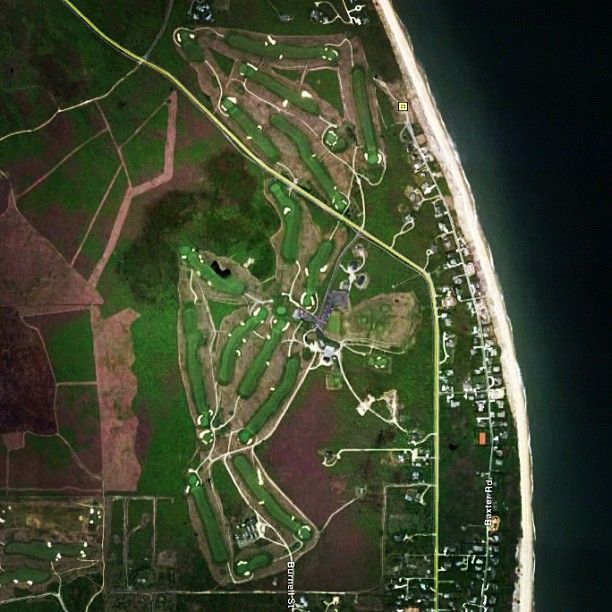
The whale-shaped tee markers are inspired by Nantucket’s early history as the capital of the whaling industry

The tee, inspired by the Sankaty Head lighthouse adjacent to #5 fairway

#5, 423 yards, downhill, view from fairway looking back toward direction of the tee
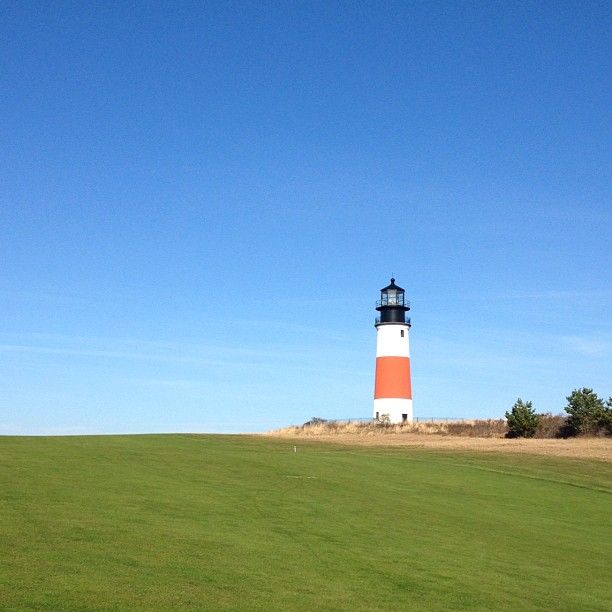
#6, 144 yards, view left of the green from #8 fairway
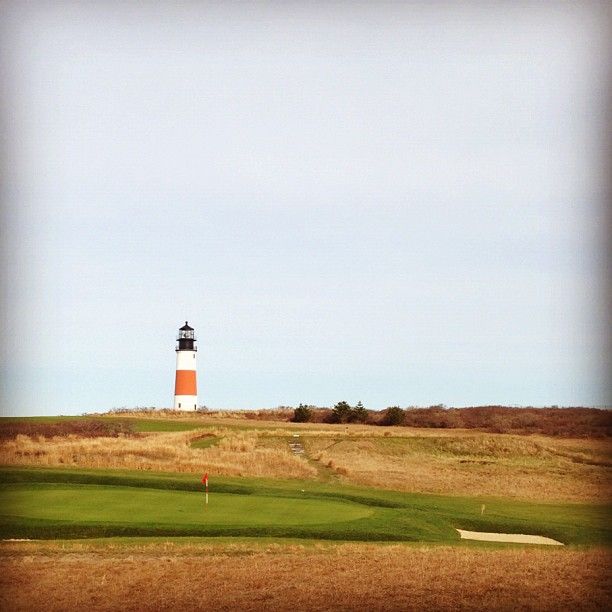
#9, 285 yards, par 4, view from behind the green
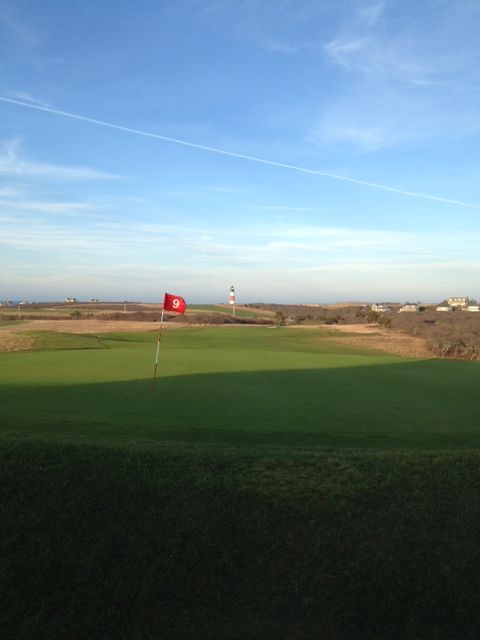
#10, 433 yards, plays dead into the wind as illustrated by the flagstick, view from #18 tee
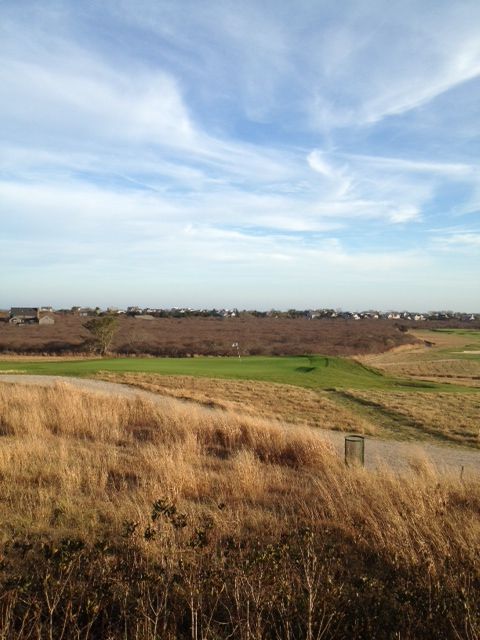
#12, 206 yards

#13, 382 yards, view from behind the green
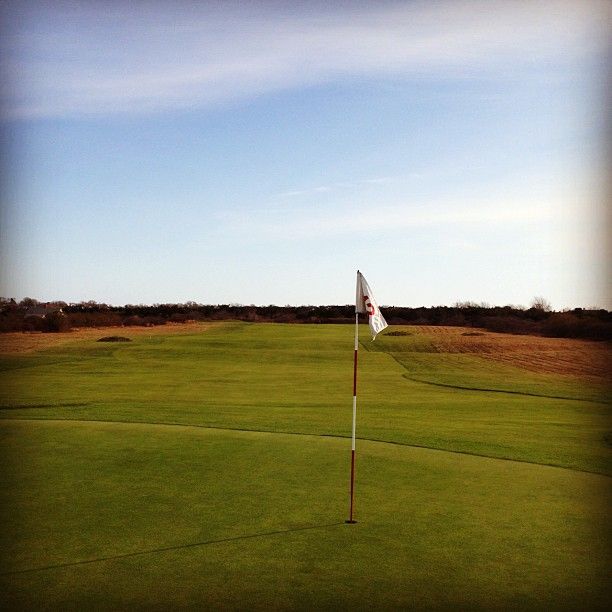
#15, on left, 396 yards, and #18 climb the hill to the clubhouse

#16, 389 yards, dogleg right around an irrigation pond that’s the only water on the course, view from behind the green
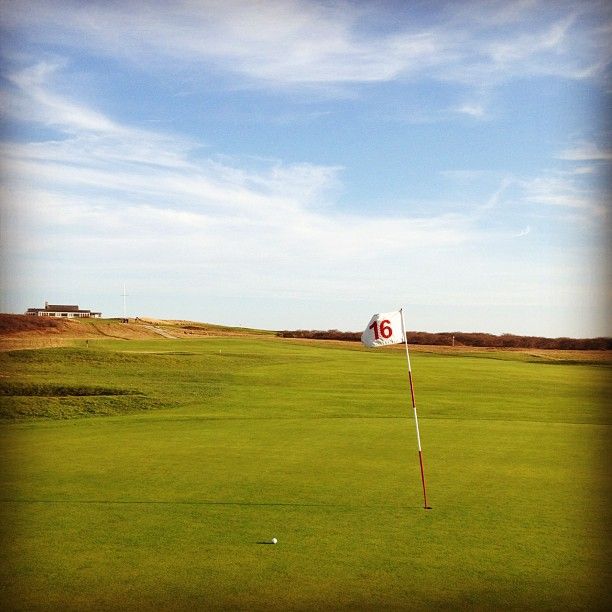
#17, 546 yards, plays longer as it's all uphill

#18, 387 yards, view from the tee
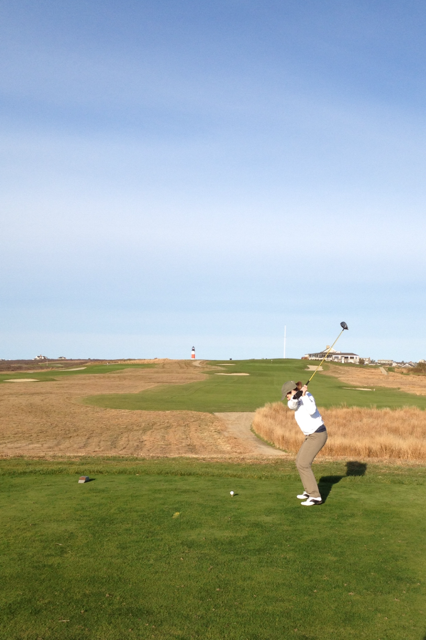
#18, view from the fairway
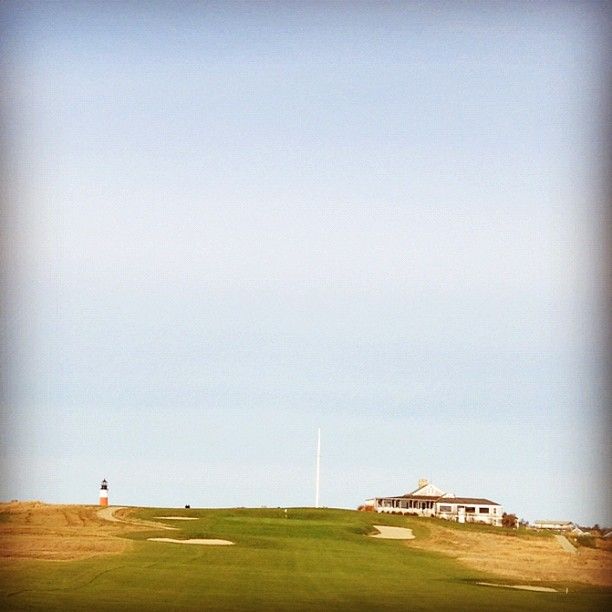
#18, view from behind the green; #15 on right
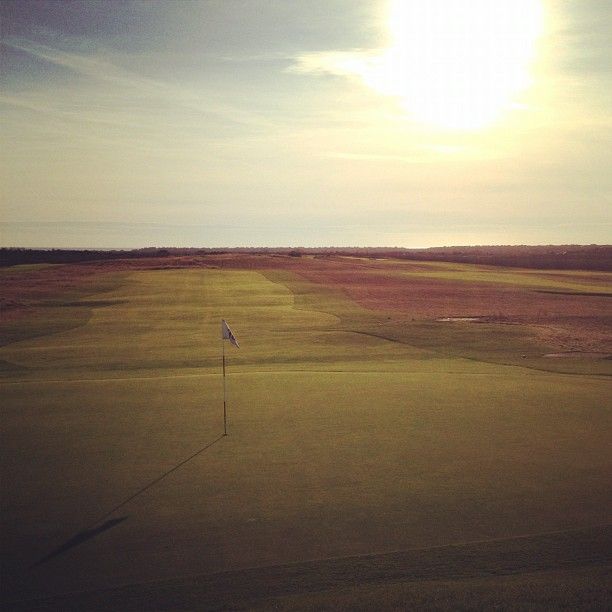
Overhead view from the flight back to Logan; Sankaty Head in foreground, Nantucket Golf Club in center
